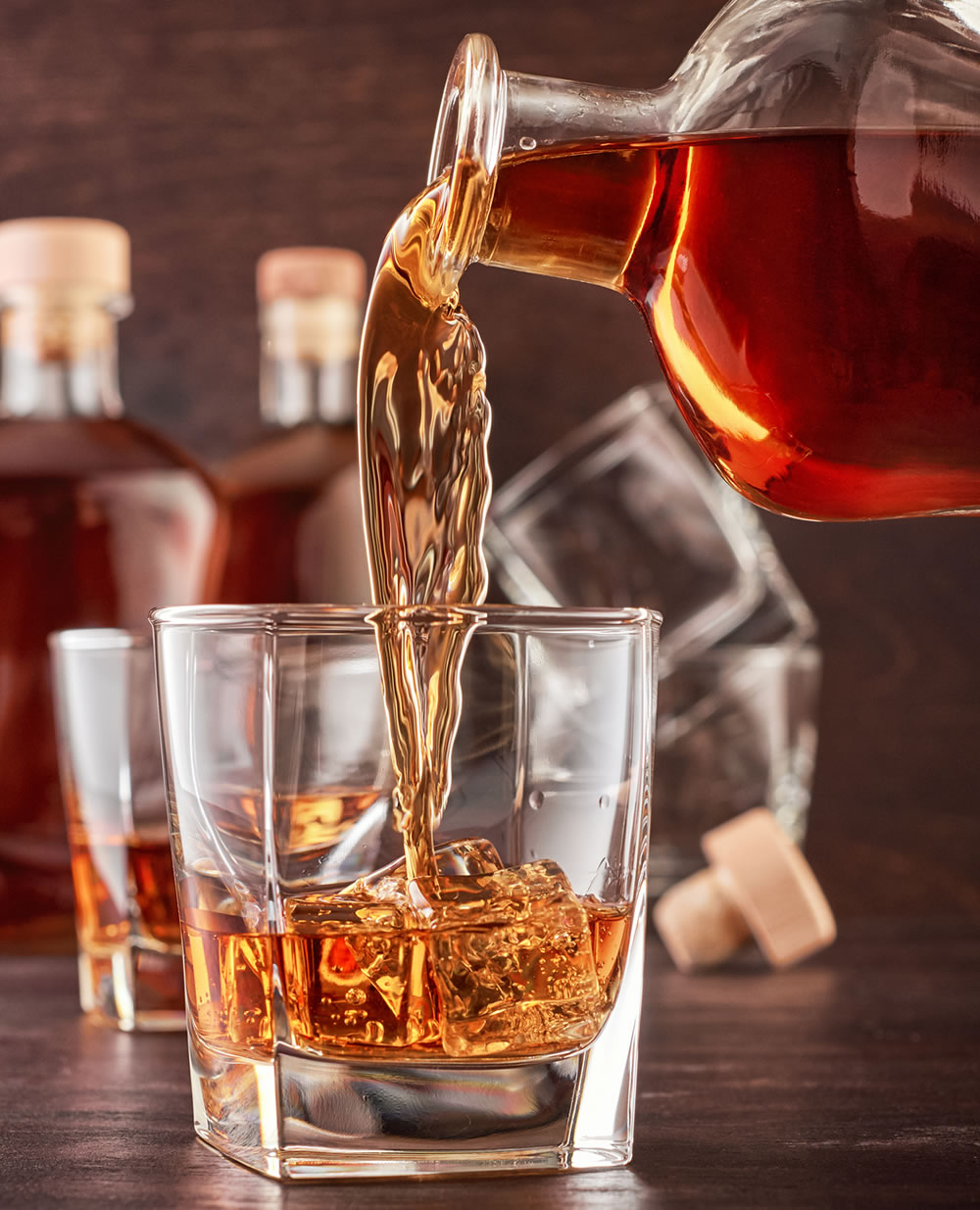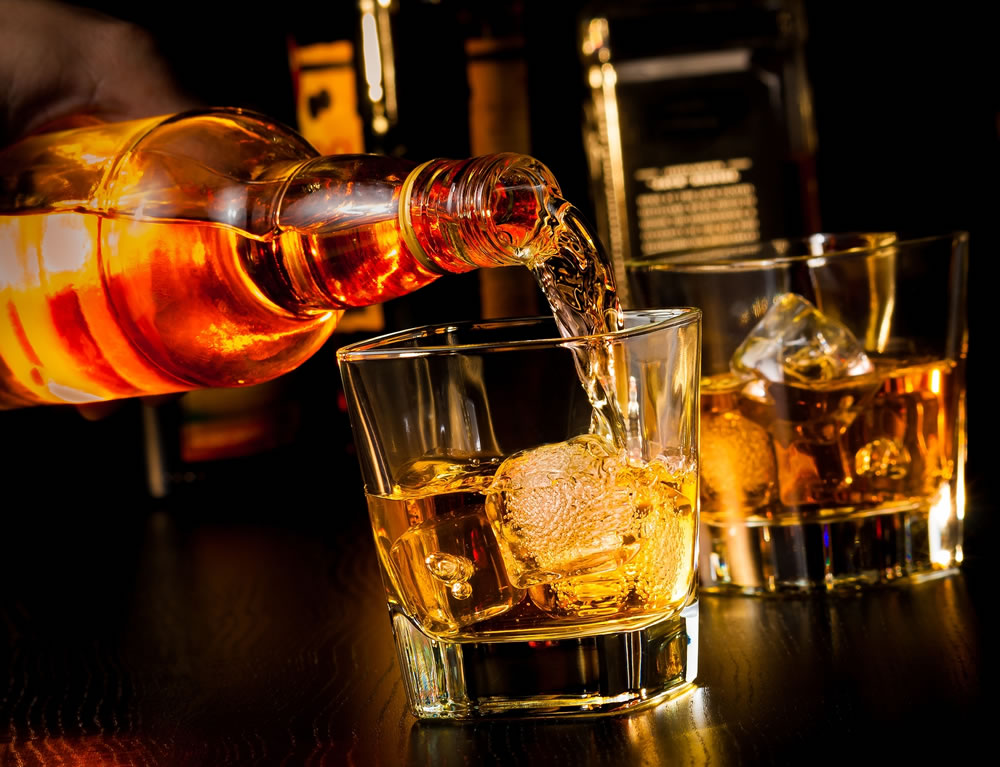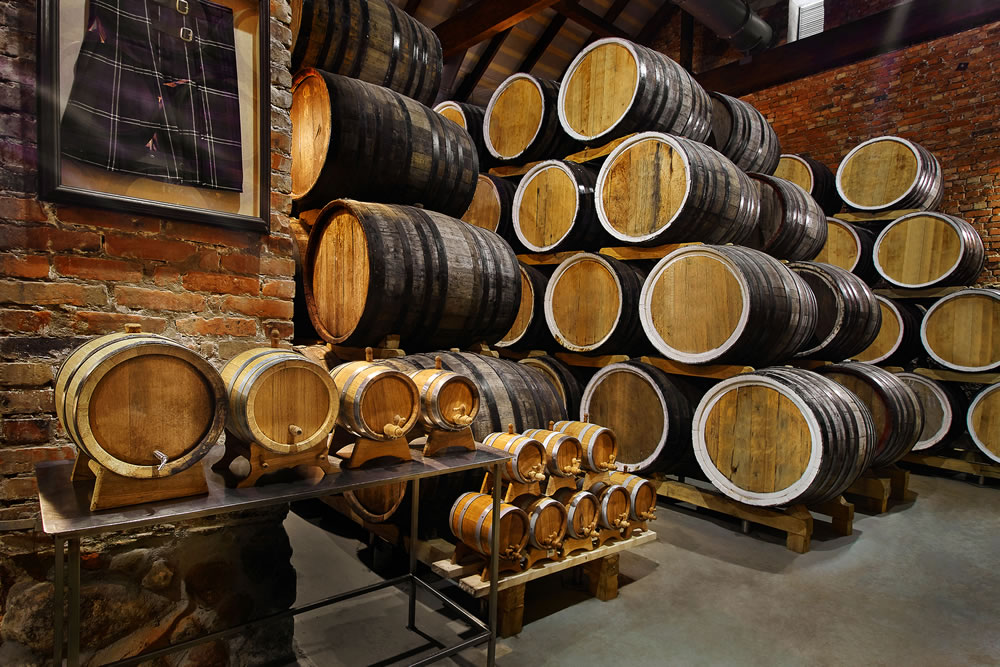
Jay Bradley, founder of The Craft Irish Whiskey Co., on why whisky sales are rising and what’s behind the resurgence of the spirit.
Whisky is more popular right now than it’s ever been. This is partly due to new consumer interest from emerging markets, the sheer variety of whisky products now available, the increase in craft distillers and changing tastes.
According to the latest figures in a report from Mordor Intelligence, in 2018, the global whisky market was valued at more than US$59 billion. By 2025 we can expect to see it be worth more than US$84 billion. This is based on estimates of growth at a Compound Annual Growth Rate (CAGR) of 5.51% between now and 2025.
Multiple factors contribute towards increase in global whisky sales
A general increase in consumer spending on alcohol is being driven by demand for superior products. This is a major factor in the growth of the global whisky market. Consumers increasingly expect – and demand – ever more sophisticated products from the whisky sector, and it’s responding.
On the back of this, we’re seeing innovative products from the burgeoning craft whisky sector, which is producing new single malts, organic whiskies and boundary-pushing varieties. There is still a clear definition between regional variations, which again contributes to the number of new whiskies for people to try.

Regional variations around the world are tied to the use of key ingredients, such as barley, rye, sugarcane and corn. This, along with traditional distilling practices continues to differentiate regional whiskies, but the uniting factor is the increase in innovation across the board.
This growing demand for premium alcoholic drinks goes along with a continuous increase in buying power for growing middle classes within emerging economies. All of this, along with the increase in production of barrel-aged whisky and single malts is paving the way for ever-stronger market penetration over the next few years.
Political and economic influences
Political and government policies have also been going the whisky industry’s way. For example, in July 2018 Japan and the EU removed tariffs on several traded goods, including Japanese and Scotch whisky. And while there is still a strong base in traditional whisky regions, such as Scotland, Ireland and America, there are now 25 countries making and selling it.
In addition, the rise in the number of distilleries supplying the consumer-driven craft whisky sector will further boost more demand for bespoke whiskies. If we turn to the Irish whiskey market, we can see clearly how this is working to not only supply current demand, but to push boundaries in what’s available to consumers.
Globally, Irish whiskey is the fastest growing spirit, with 31 operational distilleries in Ireland, according to the Irish Whiskey Association (IWA). Just seven years ago there were only four. Irish whiskey is increasingly exported to countries including the UK, South Africa, US, Russia and France. And, while craft whiskeys are on the rise, Irish Distillers (IDL) still accounts for about 70% of Irish whiskey production. Irish whiskey manufacturers are working on increasing production levels to meet the growing demand around the world. Meanwhile, exciting new producers are targeting different parts of the market. Collectively, the future hasn’t looked so bright for Irish whiskey since its heyday in the 19th century.

Whisky is increasingly popular in the US
Drinking tastes are changing in many countries around the world, particularly in the US. Figures from the IWSR US Beverage Alcohol Review shows that wine consumption fell in 2019 by 0.9%, while overall alcohol consumption increased 0.3% and reached US$167 billion. A 2.5% increase in spend on alcohol in the US not only shows that consumers are upping their consumption, but also that they’re looking for more diversity.
Interest in wine is waning, and spirits dominate in the US with consumption of this category up by 2.3% by volume. And the good news for whisky is the biggest growth categories within spirits are as follows:
– Mezcal – up 40%
– Japanese whisky – up 23.1%
– Tequila – up 9.3%
– Irish whiskey – up 8.6%
– US whisky – up 5.5%
The third best-selling spirit in the country for 2019 was Brown-Forman’s Jack Daniel’s Tennessee whiskey. Next came Sazerac’s Fireball, which is a whisky liqueur flavoured with cinnamon, and after that Diageo’s Canadian whisky Crown Royal.
Factors behind high whisky consumption in the Asia Pacific region
In 2018, India was responsible for just less than half of the global whisky consumption. And this will continue, with the report showing the Asian Pacific whisky market will cross US$37 billion by 2025. The increasing demand is driven by various factors.

An increase in the number of consumers at legal drinking age is the primary reason. For example, the proportion of legal drinkers in India will increase to 68% by 2021 (from 64% in 2011). In addition, rapid and continuing urbanisation leading to a higher standard of living for many. This in turn leads to more disposable income for leisure purposes.
The region is also home to a decent number of the key whisky producing countries, including Australia, India, Japan and Taiwan. But while India is responsible for about half of the world’s whisky consumption, consumers tend to stick to homegrown brands. This covers 98% of the market share in India. This is changing somewhat with increasing demand for barrel-aged whisky from Japan, which is further supporting growth in the region.
New marketing concepts boost sales
Scotch whisky is continuing to do well, after holding a significant share of the global market in 2018. Growth in this sector is boosted by easily accessible products, a shift towards premium brands and new product launches.
We’re seeing more tie-ins with major entertainment brands too, which is further boosting awareness and interest in this sector. A high-profile example of this is Johnnie Walker’s launch of its White Walker whisky in partnership with the production company for Game of Thrones. There is also a growing demand for single malts, which is further boosting the Scotch whisky market.
In 2020, whisky is an affordable luxury, and this continues to drive the market for high quality product. This is where brands like the Craft Irish Whiskey Co. and many more come into their own. It’s great to be part of an exciting resurgence in consumer interest in high quality whisky around the world.
